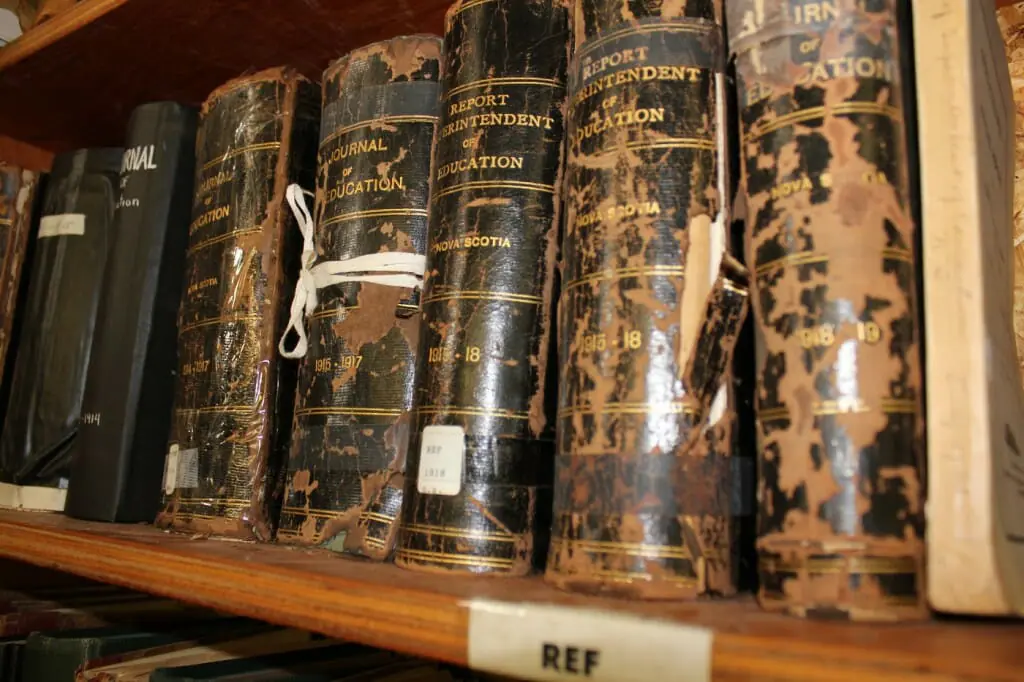
History is going pixelated, artifacts online. NovaMuse, the website recently launched to bring Nova Scotia’s museum archives online and into a shared database, is bringing together 51 museums around the province to share knowledge and communication.
Ten years ago, a group of museums in Nova Scotia began a long effort to establish a province-wide database system. Before that point, each museum had functioned on its own system, making it difficult for them to work together, and making the sharing of news between museums challenging. Now, with 51 museums in the database, and over 30,000 artifacts photographed at the time of the site’s launch, NovaMuse is a growing compendium of facts, photos and news from museums all over the province.
Karin Kierstead, the museums advisor for the Association of Nova Scotia Museums, began working on the project six years ago and says that it has been very much a grass-roots effort. The museums themselves decide what to include and provide the photos and information, and the association’s web design team puts it online.
Kierstead calls herself a “tech support, advisor, jack-of-all-trades,” and says that the process of creating the database has been fairly smooth, with all the museums concerned being very invested in the project.
Kierstead describes NovaMuse as a form of “passive marketing,” because museums that are part of the database garner more attention from the browsing public. If their interest is sparked by a visit to the site, they are more likely to visit the museums themselves. True to predictions, attendance at the museums included on the site has gone up since the launch.
The site is also a means for people to contribute their own knowledge and expertise. Unknown faces in photographs, unanswered questions, and items of uncertain use may be identified by visitors to the site, should they happen to know more on the subject. As well, more artifacts may be available for viewing on the site than in the museums themselves.
Many museums display only a small percentage of their artifacts at a time, due to space limitations, and this allows them to virtually show items that are physically in storage. Of course, the site is not intended as a replacement for in-person visits—and the rise in visitor numbers since its launch shows that it has not been seen that way. Instead, it gives the museums themselves a way to communicate and share their knowledge, and provides a means for the public to look inside their doors.
“The sharing component is twofold,” says Kierstead in regards to the way NovaMuse has affected sharing between museums and with the public. Not only can museums exchange information with each other and with the public, but they are also able to make more informed decisions regarding donations. Artifacts identical to ones already owned by the museums may be turned down for lack of space, preventing an excess of a certain type of artifact. In this way, the museums can broaden the range of items displayed rather than simply increasing the number of things owned. Visitors to the site are able to share news about events they are holding, as well as exchange ideas concerning how the museums are run.
This project has been a joint effort on the part of 51 museums and their staff, volunteers, and a team of coordinators with the Association of Nova Scotia Museums. It is also connected to social networks, giving it a wider presence on the Internet. It is already growing and garnering more attention for the museums of the province.
The NovaMuse archive can be found at www.novamuse.ca.


Recent Comments